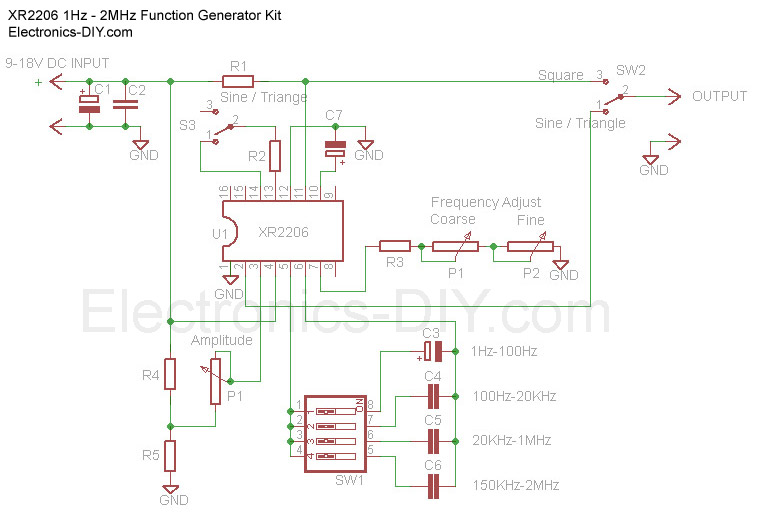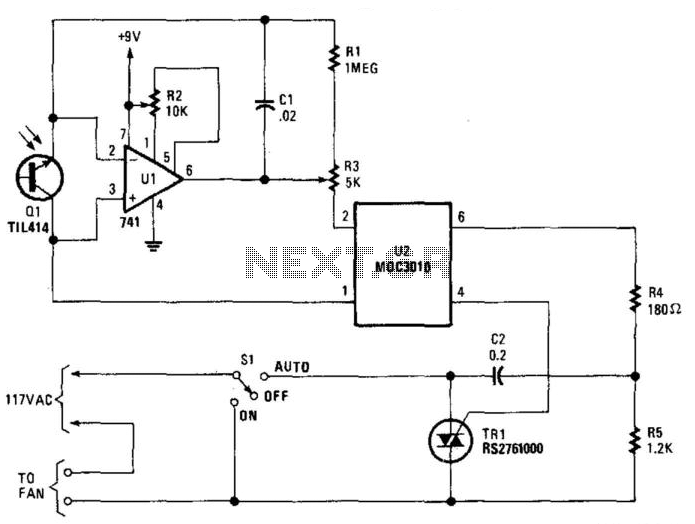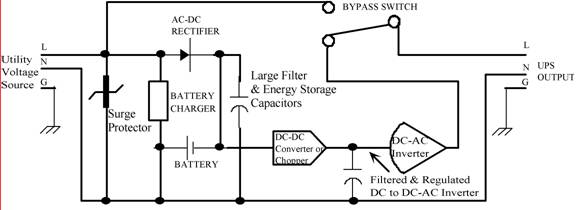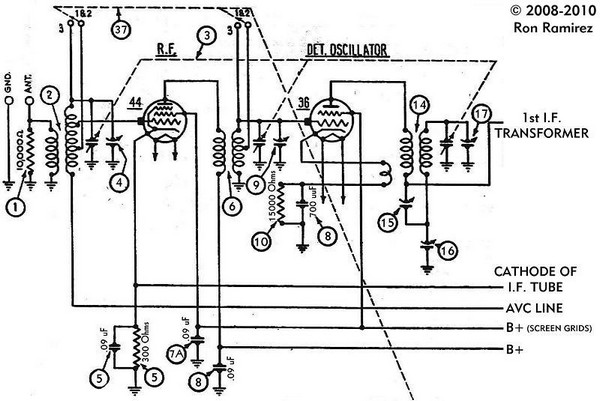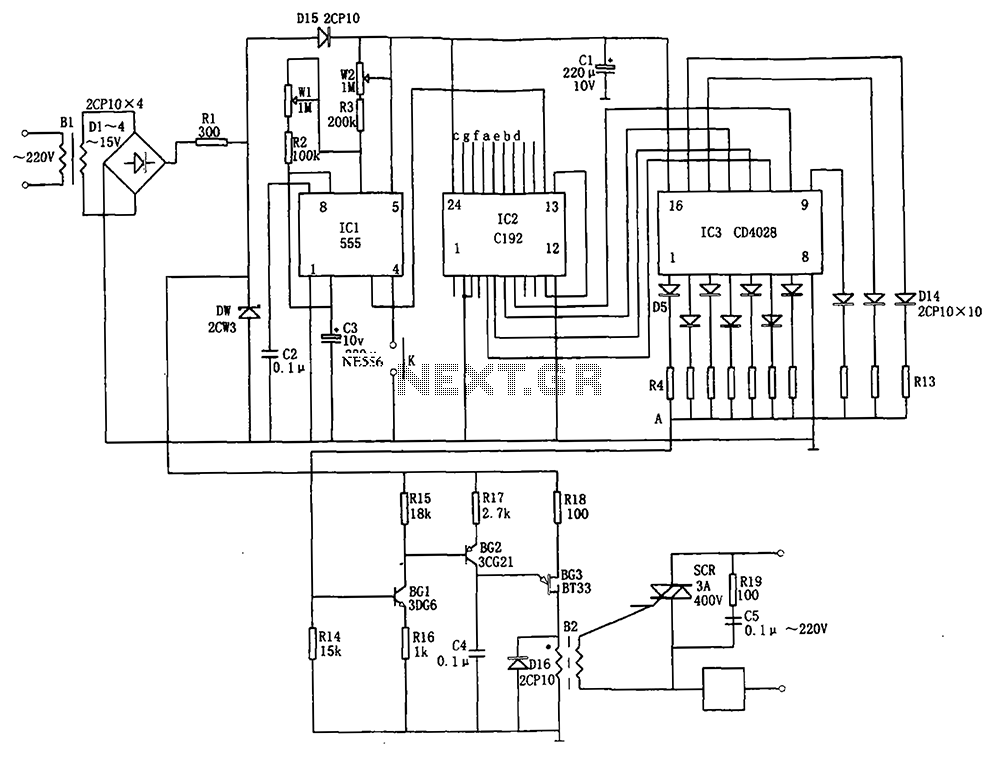
ONEX HID Conversion Kit Step-by-Step Installation
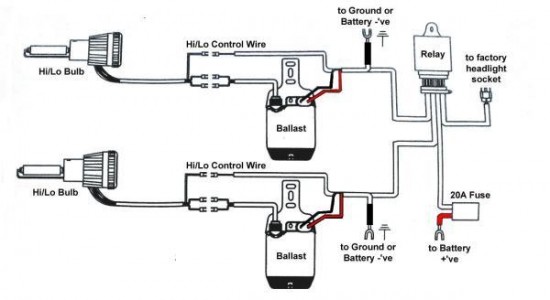
Before purchasing an HID kit, the first step is to determine the appropriate bulb size (e.g., H1, H3, H4, H7, H9, H10, H11, H13, 9004).
To successfully integrate an HID (High-Intensity Discharge) lighting system into a vehicle, it is essential to identify the correct bulb size that corresponds to the vehicle's headlight assembly. The bulb size is crucial as it ensures compatibility with the existing socket and electrical connections. Common bulb sizes include H1, H3, H4, H7, H9, H10, H11, H13, and 9004, each designed for specific applications and vehicle models.
The process of selecting the appropriate bulb size typically involves consulting the vehicle's owner manual or referring to manufacturer specifications. Additionally, online databases and automotive forums can provide valuable information regarding bulb compatibility. Once the correct bulb size is identified, the installation of the HID kit can proceed, which generally includes the following components: HID bulbs, ballasts, ignitors, and wiring harnesses.
The HID bulbs operate by creating an arc between two electrodes within a gas-filled chamber, producing a bright, white light that is more efficient than traditional halogen bulbs. The ballasts play a critical role in regulating the electrical current supplied to the bulbs, ensuring optimal performance and longevity. Proper installation of the wiring harness is also necessary to facilitate a seamless connection between the vehicle’s electrical system and the HID components.
In summary, determining the correct bulb size is a vital first step in upgrading to an HID lighting system, as it directly impacts the functionality and safety of the vehicle's lighting performance.Before you purchase your HID kit, first thing you need to do is to find out what is the appropriate bulb size ( i.e. H1, H3, H4, H7, H9, H10, H11, H13, 9004. 🔗 External reference
To successfully integrate an HID (High-Intensity Discharge) lighting system into a vehicle, it is essential to identify the correct bulb size that corresponds to the vehicle's headlight assembly. The bulb size is crucial as it ensures compatibility with the existing socket and electrical connections. Common bulb sizes include H1, H3, H4, H7, H9, H10, H11, H13, and 9004, each designed for specific applications and vehicle models.
The process of selecting the appropriate bulb size typically involves consulting the vehicle's owner manual or referring to manufacturer specifications. Additionally, online databases and automotive forums can provide valuable information regarding bulb compatibility. Once the correct bulb size is identified, the installation of the HID kit can proceed, which generally includes the following components: HID bulbs, ballasts, ignitors, and wiring harnesses.
The HID bulbs operate by creating an arc between two electrodes within a gas-filled chamber, producing a bright, white light that is more efficient than traditional halogen bulbs. The ballasts play a critical role in regulating the electrical current supplied to the bulbs, ensuring optimal performance and longevity. Proper installation of the wiring harness is also necessary to facilitate a seamless connection between the vehicle’s electrical system and the HID components.
In summary, determining the correct bulb size is a vital first step in upgrading to an HID lighting system, as it directly impacts the functionality and safety of the vehicle's lighting performance.Before you purchase your HID kit, first thing you need to do is to find out what is the appropriate bulb size ( i.e. H1, H3, H4, H7, H9, H10, H11, H13, 9004. 🔗 External reference
Warning: include(partials/cookie-banner.php): Failed to open stream: Permission denied in /var/www/html/nextgr/view-circuit.php on line 713
Warning: include(): Failed opening 'partials/cookie-banner.php' for inclusion (include_path='.:/usr/share/php') in /var/www/html/nextgr/view-circuit.php on line 713
